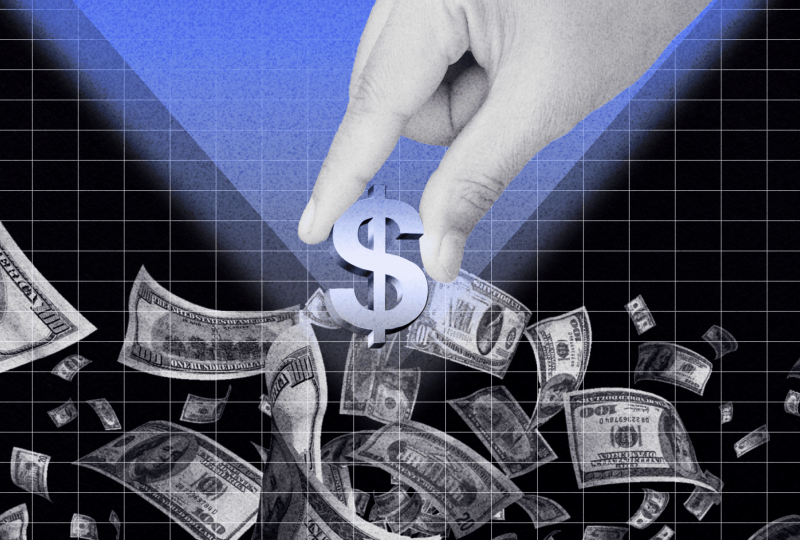Euro vs Dollar: Political Uncertainty and Economic Data Impact Exchange Rates
June 17, 2024

Despite the variety of currencies, every country recognizes the authority of the dollar and euro in the market. Therefore, the relationship between these two currencies is always a subject of observation and heated debate.
The euro vs. dollar exchange rate has exhibited significant volatility recently. A combination of European political uncertainty and economic data from major global economies influences this trend, which remains a crucial indicator of global economic health.
Political instability across Europe continues to weigh heavily on the euro. Recent disturbances in nations such as Italy, Spain, and France have led to a decline in investor confidence, contributing to the euro’s struggle against the dollar. The euro staggers near recent lows, reflecting the market’s apprehension about the political future of the Eurozone.
Uncertainty surrounding upcoming elections and potential policy shifts in key European countries has worsened fears of economic instability. Investors are particularly concerned about reforms that could disrupt monetary stability, prompting them to seek safer investments such as the USD. This trend underscores the euro’s sensitivity to political developments, which has been a significant factor in its recent decline.
USD Firmness Amid Economic Data and Global Trends
The dollar remains firm against the euro, bolstered by relative economic stability in the United States and robust economic data. Recent reports highlight a resilient U.S. economy, with steady growth and a strong labor market supporting the dollar’s position as a haven currency.
However, the USD is not without its challenges. The currency has experienced periods of decline, partially due to fluctuating economic data from key global players such as China. The market is bracing for new economic data from China, which could influence the USD fall if the data suggests a slowdown in one of the world’s largest economies. This potential impact highlights the interconnectedness of global economic trends and their influence on the euro vs dollar exchange rate.
The ongoing fluctuations in the euro to dollar exchange rate have significant implications for global trade. A weaker euro benefits European exporters by making their products more competitive internationally. However, it also makes imports more expensive, potentially leading to higher costs for European businesses and consumers.
Conversely, the strength of the USD presents challenges for American exporters. A strong dollar makes U.S. goods more expensive abroad, potentially reducing demand and impacting industries dependent on international sales. This dynamic is crucial for understanding the broader economic implications of the euro vs dollar exchange rate and the interplay of global trade dynamics.
Economic Outlook and Investor Sentiment
Looking ahead, the future of the euro vs dollar exchange rate remains uncertain. The resolution of political uncertainties in Europe and economic data from major economies like the U.S. and China will play crucial roles in shaping the exchange rate dynamics. The euro may see a resurgence against the dollar if European political stability improves. Conversely, sustained economic resilience in the U.S. could keep the dollar strong, affecting the euro’s recovery efforts.
Final remarks
The euro vs dollar exchange rate remains a critical focus for investors and policymakers worldwide. Political uncertainty in Europe and economic data from international economies continue to shape the currency market, influencing trade dynamics and financial stability. Investors are closely watching these developments, as the exchange rate of these leading currencies serves as a key index of financial and geopolitical trends.




